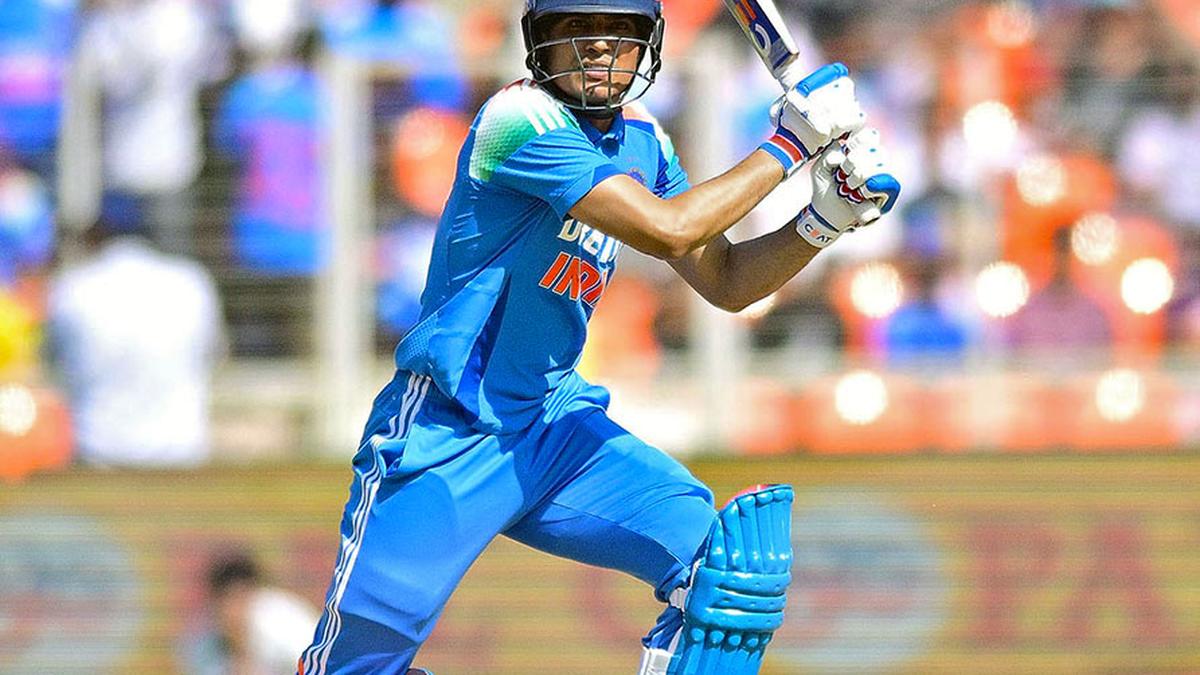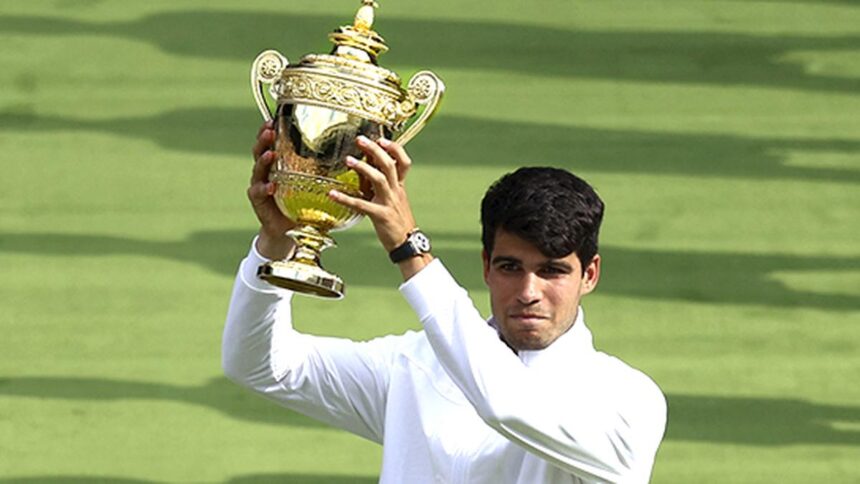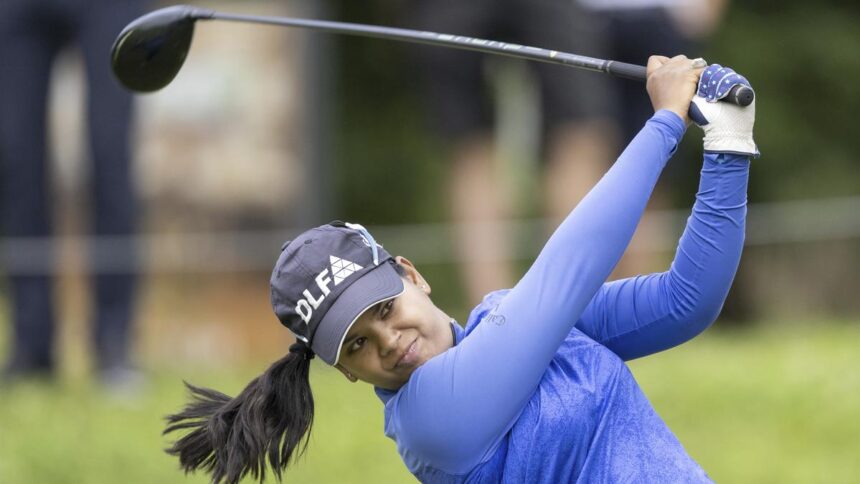Shubman Gill’s return as vice-captain? Shreyas Iyer’s continued omission? Or Jasprit Bumrah’s presence in the 15-man squad? What is the biggest talking point following Tuesday’s announcement of the Indian team for the T20 Asia Cup, to be held in the UAE from September 9?
Depends on where one is coming from, of course. Gill’s comeback to international cricket’s shortest format is accompanied by a resounding show of faith in not just his unquestioned batting abilities but also his leadership skills, embellished by the 2-2 scoreline in his first outing as Test captain in England earlier this month.
Clearly, the 25-year-old isn’t far away from becoming India’s multi-format skipper, like Virat Kohli and Rohit Sharma before him. Perhaps at some stage next year, possibly after the T20 World Cup in February-March in India and Sri Lanka, the right-hander from Punjab will enjoy that status. Suggestions that he might be left out of the Asia Cup, given how close the September 28 final is to the first Test against West Indies, beginning in Ahmedabad on October 2, have been emphatically exploded by Ajit Agarkar’s selection panel which, in consultation with Gill himself (one is sure) and head coach Gautam Gambhir, has decided that at this stage of his career, switching between formats and ‘workload management’ aren’t issues that will stymie the batter’s progress.
Gill’s last T20I was in Sri Lanka in July last year, just weeks after his maiden foray as India skipper in the same format in Zimbabwe in a series India won 4-1. Several of the players, including Suryakumar Yadav, who played in the T20 World Cup in the US and the Caribbean last June were rested for the Zimbabwe sojourn as India embarked on a new 20-over chapter following the retirements of Rohit, Kohli and all-rounder Ravindra Jadeja. The installation of Suryakumar as the captain for the three-match series in Sri Lanka despite Hardik Pandya having been Rohit’s influential deputy at the World Cup highlighted the decision-making group’s line of thought, as did the move to pencil in Gill as the Mumbaikar’s deputy. Pandya was out of favour as far as a leadership role was concerned; Suryakumar was seen then (as now, too) as the one most likely to spearhead India’s title defence, with Gill the king-in-waiting.
India’s packed Test calendar between the middle of September and the first week of January, during which phase they played 10 games against Bangladesh, New Zealand and in Australia, ensured that Gill wouldn’t be considered for selection for the T20I series against Bangladesh, South Africa and England. The same logic applied to Yashasvi Jaiswal – now available but only named as one of five reserves for the Asia Cup – which meant that India had a new opening pair in Sanju Samson, also the wicketkeeper, and Abhishek Sharma.
Samson struck three centuries in five outings, Abhishek had a roaring time culminating in a blazing 135 against England in Mumbai in India’s last T20I game. But with Gill now back in the fray, one of them will have to make way. It’s hard to see Gill not figuring in the starting XI when India begin their Asia Cup campaign against UAE on September 10. Abhishek is a shoo-in to be his opening partner, given Gambhir’s penchant for a right-left combination, which implies that Samson will have to warm the bench as Jitesh Sharma slots into the middle-order as the designated wicketkeeper-batter.
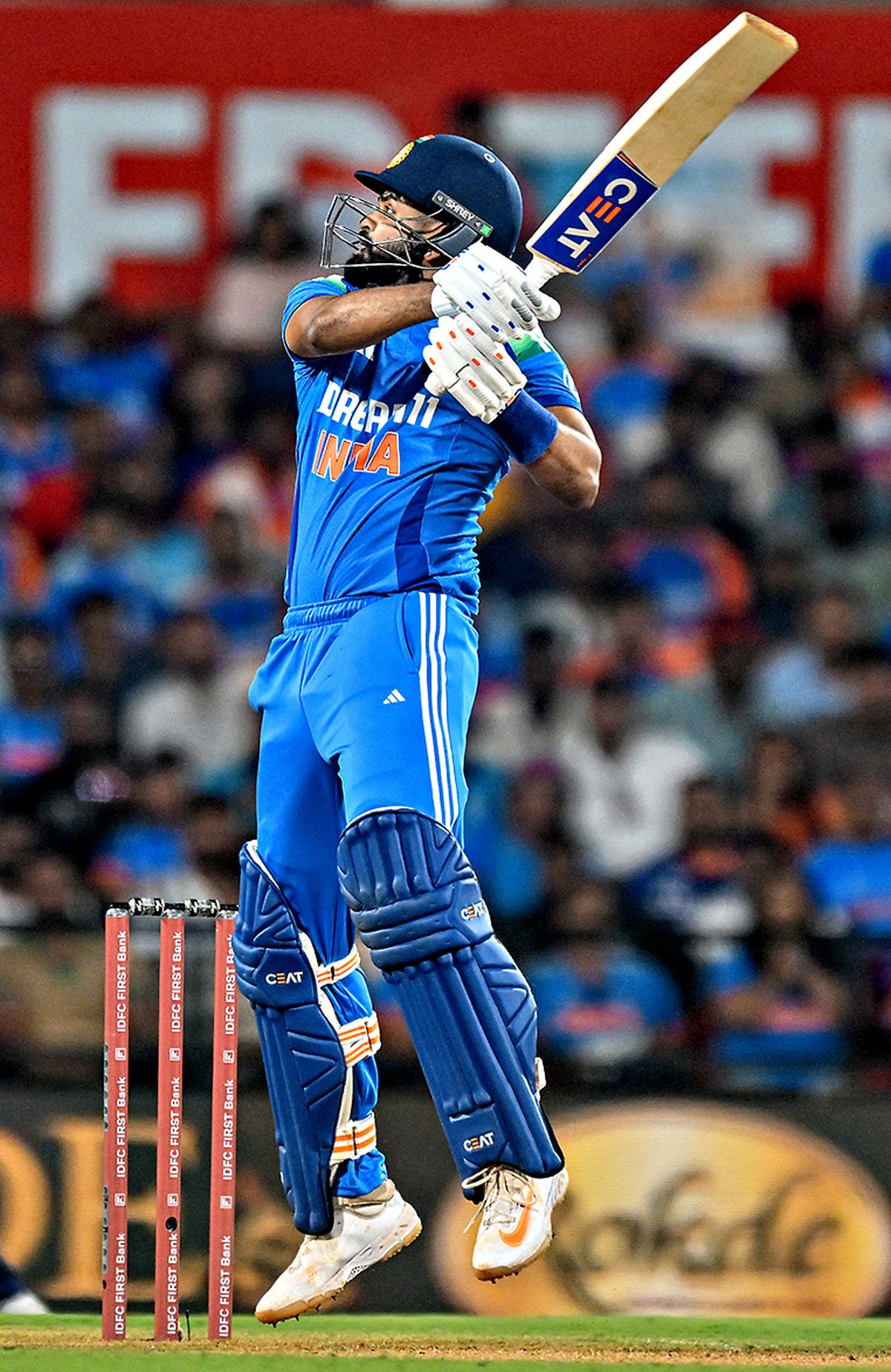
Abhishek’s pyrotechnics with the bat – he hammered 279 runs at a ridiculous strike-rate of 219.68 in India’s last assignment, against England – are complemented by his left-arm spin, one of the reasons why Jaiswal is sitting on the sidelines. India have made no secret of their desire to have multi-skilled players wherever possible, even though none of their specialist bowlers can wield the long handle with even a semblance of consistency. As much as his left-handed batting at the top of the order, Abhishek’s bowling has earned him the nod ahead of the luckless Jaiswal, though the same argument wasn’t employed in the Gill vs Samson debate even if the former is an out-and-out batter while the latter is an all-rounder in the strictest sense.
Short-changed
Has Samson been short-changed? Not necessarily, given that there is a clear succession plan that the management group is working towards. The seasoned Kerala stumper didn’t help his cause with just 51 runs in five innings against England which was amplified by a disturbing pattern to his dismissals, caught at different positions on the on-side playing the pull stroke. Samson has made his name in T20s as a top-order batter and Jitesh as a ‘finisher’ of sorts, so it’s hard to see the former fitting in at No. 5 or No. 6, which is how the cookie crumbles sometimes when individual strengths don’t necessarily ally with the team’s requirements. There can’t be too many arguments against Gill’s presence, but the omission of Shreyas is certain to turn up the heat. The experienced right-hander from Mumbai hasn’t been in the 20-over scheme of things since December 2023, when he made 53 against Australia in Bengaluru. He must have fancied his chances after two terrific seasons in the IPL. In 2024, he took Kolkata Knight Riders to their third title and weighed in with 351 runs despite playing only 239 balls in 14 innings, courtesy the extended opening stands provided by Sunil Narine and Phil Salt. This season, he muscled his new franchise, Punjab Kings, to the title round whilst leading from the front, as evidenced by 604 runs (the sixth highest in the tournament) at an average of 50.33 and an electric strike-rate of 175.07, comfortably the highest among the top 10 run-getters.
Shreyas is an accomplished player of spin, as he showed in Dubai during the Champions Trophy in February-March. It is unlikely that the surfaces at the Asia Cup will play any differently and he would have been a massive asset but Agarkar clarified that Rinku Singh won the nod because he could be the extra batter India might require (the left-hander also bowls right-arm off-spin, occasionally). Shreyas is still only 30 and it will be premature to assert that time has passed him by so far as T20Is are concerned. But it must be understandably gutting for him to not even find a place in the reserves, where the specialist middle-order batter’s slot has gone to Riyan Parag, who also bowls an assortment of spin.
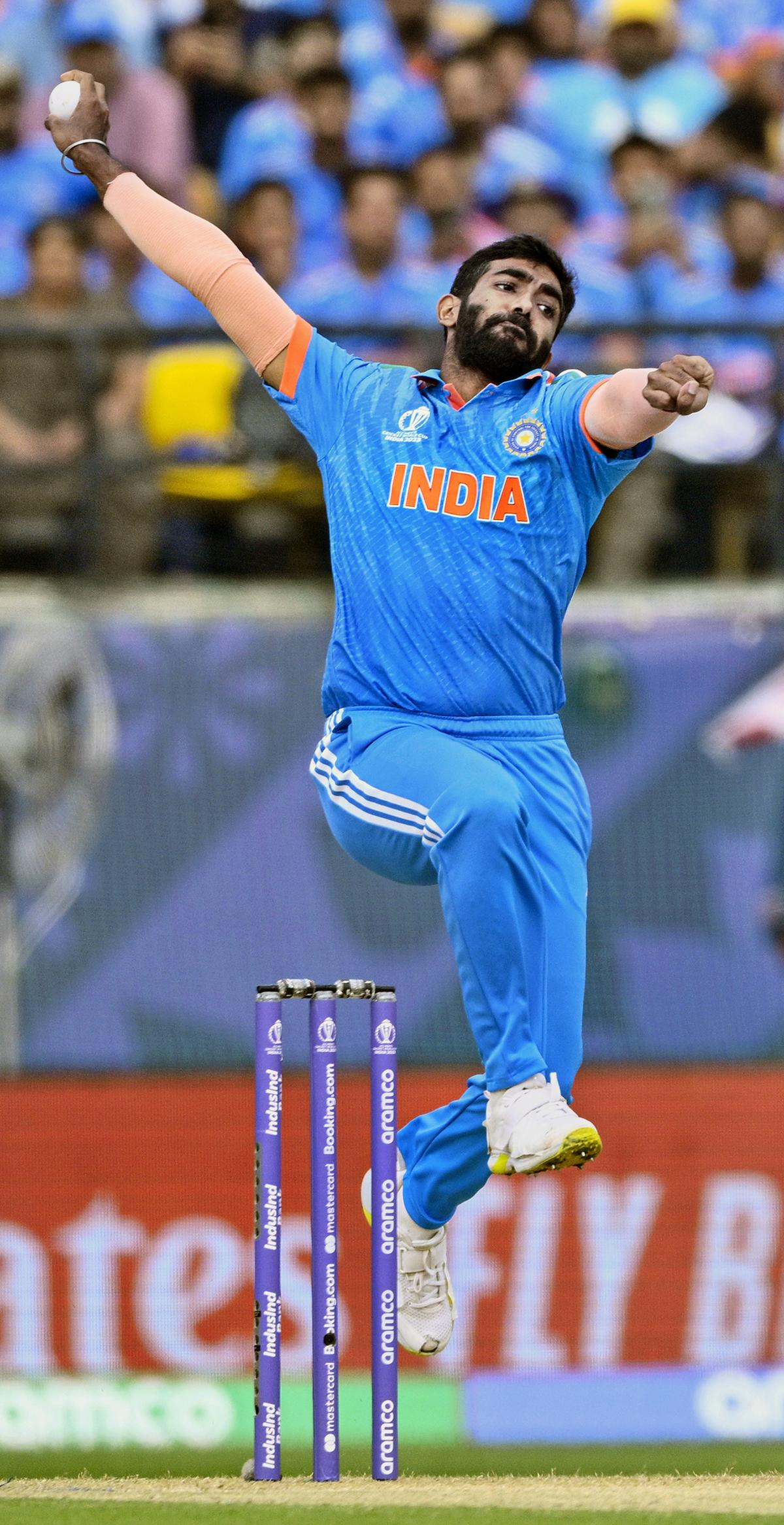
Which brings us to Bumrah. The pace ace has been under the lens from the time Agarkar announced in May that he would only play in three of the five Tests in England. Numerous pundits, including celebrated former Indian cricketers, have questioned the kid-glove treatment Bumrah has enjoyed while acknowledging that medical advice is paramount. But such is Bumrah’s pre-eminence across formats that it was impossible to overlook his credentials once he was cleared fit to play in the UAE by the medical team. The Player of the Tournament at the World Cup last year, Bumrah can break T20 games open in an over. The Asia Cup isn’t just a preparatory exercise but a prestigious event in its own right and India are the defending champions (though when they lifted the title last time in September 2023 in Colombo, it was played over 50 overs), therefore it makes complete sense that Suryakumar has the luxury of falling back on Bumrah, who need not play all games if it comes to that.
The logical inference therefore is that the Gujarat quick will not play in at least the first Test against West Indies, maybe not even the second and last either, in Delhi from October 10. That will leave him refreshed and raring to go for the two Tests against WTC champions South Africa in November in Kolkata and Guwahati. It’s worth remembering that after the showdown against the Proteas, India won’t play a Test until next August, when they travel to Sri Lanka.
Not too much should be read into Mohammed Siraj’s omission following his lion-hearted bowling in England, where he was the only specialist quick apart from Chris Woakes to have played in all five Tests. Or maybe that’s not entirely accurate. Since his debut in 2017, the Hyderabadi has played just 16 matches that have brought him 14 wickets. With more versatile options available, including the left-arm pace of Arshdeep Singh, who is the country’s leading wicket-taker in the 20-over version, and the inventiveness of Pandya, it shouldn’t come as a huge surprise if Siraj’s days as a T20I cricketer are behind him. That wouldn’t necessarily be the worst thing, because it can then allow him to continue to keep going flat out in Test cricket and maybe in the 50-over game while being able to regroup physically and mentally when his colleagues are scrapping it out in the more condensed format.
From the decision-makers’ perspective, the endeavour to get the core group in place for the World Cup title defence has already begun. At this stage, 20 players fit into that category; a few more might crop up over the next few months, when India play five-match series against South Africa (home), Australia (away) and New Zealand (home) between November and January.
The persistence with Shivam Dube must be seen as a vote of confidence as well as reward for the Mumbaikar fulfilling his clearly defined responsibilities as the designated slayer of spin in the middle stages of the innings. Likewise, the inclusion of Jitesh ahead of Dhruv Jurel, the reserve stumper when India last played a T20I, must be construed as reward for his stellar display for champions Royal Challengers Bengaluru in IPL 2025.
The 31-year-old played the last of his nine T20Is in January 2024 but has wended his way back into contention with 261 IPL runs at a strike-rate of 176.35, making him one of three potentially destructive back-end certainties alongside Pandya and Dube. All in all, a balanced squad with three full-time spinners and as many pacers, and a pool of other multi-faceted choices for Suryakumar to dip into.
Published – August 20, 2025 12:01 am IST








